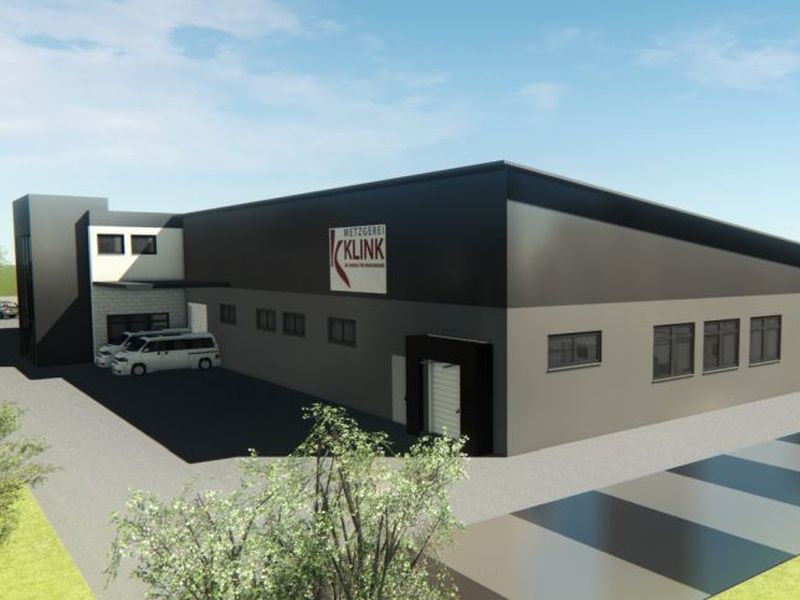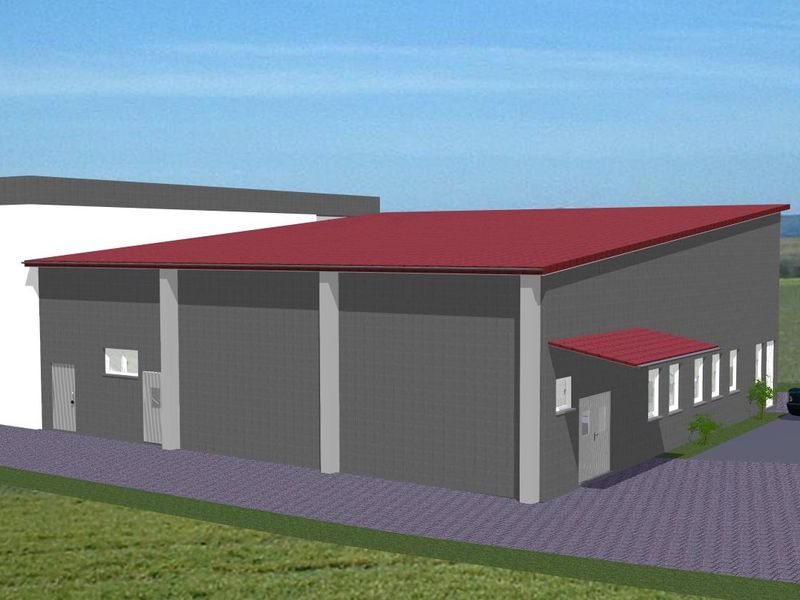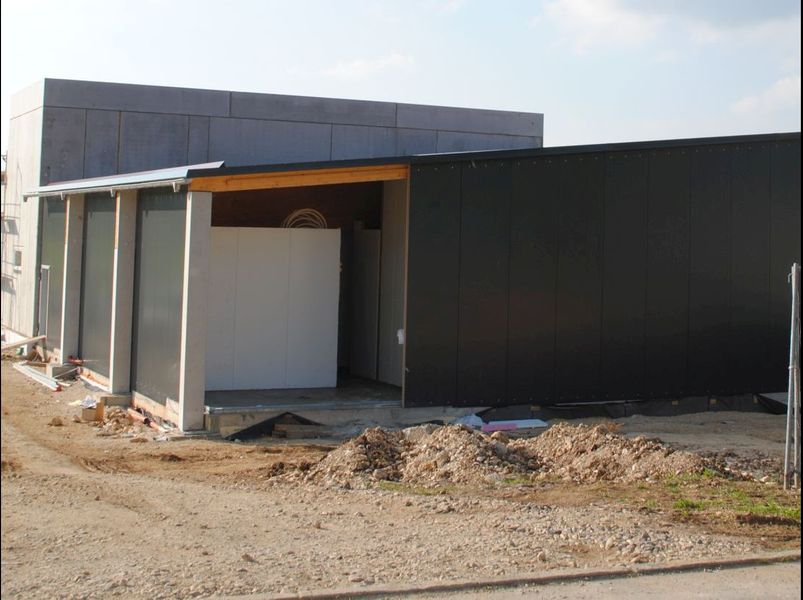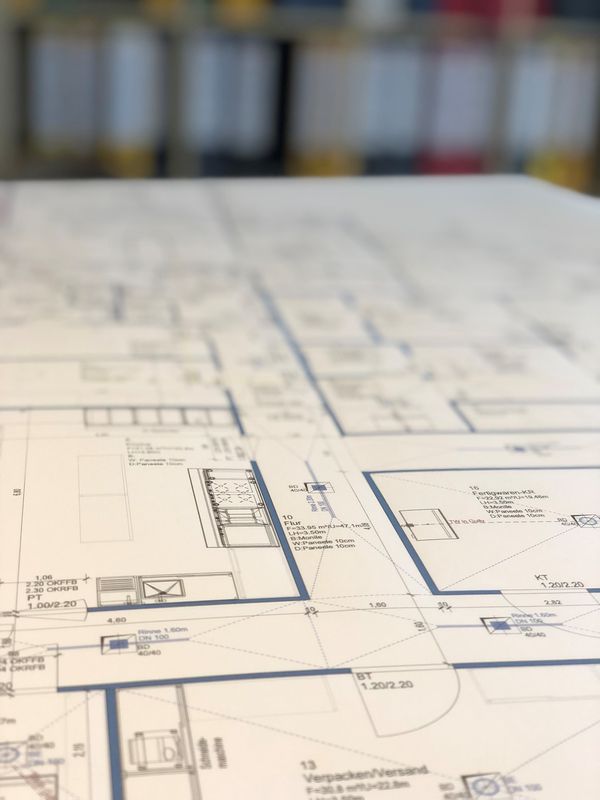Lightweight construction in food processing plants
Lightweight construction is not the first choice for food processing plants everywhere, yet it has many advantages. The short construction time and the manageable construction costs are the two most important. Despite their thin walls, lightweight buildings with modern materials have a very high thermal insulation value.
Store counters, cold storage rooms and parts of production and storage can very easily be realized in the more economical lightweight construction method. In order to ensure the best possible planning, certain parameters must already be defined in the planning phase.
Planning parameters
- Level of utilisation
- Future expansions
- Completion dates
- Soundproofing
- Financing framework
Examples of our planning

Butcher Klink
Place:
Planning & Completion

Butcher Rieck Cultivation
Place:
Planning & Completion

….
Ort:
Planing & Completion
Lightweight construction materials
Nowadays, building materials are available in almost unlimited quantities. Nevertheless, in addition to hygiene and work processes, the selection must also take into account the mechanical stresses to which the new building or extension will be subjected. Only in this way can the specialist planner optimally plan and implement the shell construction and details. Then it can be determined what makes sense for the company – whether lightweight construction in wood or steel or a solid building made of precast concrete elements or masonry.
Supply
A high degree of flexibility in the routing of water, electricity, process gases or compressed air as a challenge to the building structure must also be planned for. This is because it must be possible to lay new lines without any problems – for example, in the case of any machine park expansions – and must not impair hygiene under any circumstances. In addition, a slope suitable for operation and appropriate floor drains must be taken into account.
Ideally, the slope should be steep enough to allow water to flow to the drainage points without any problems. At the same time, it must not be too steep, otherwise safe and proper operation is prevented. In addition, the choice of drains and gutters is a criterion that determines the success or failure of a construction project. Whether square or round floor drains, slotted or grid gutters: What comes into question is most likely to be decided by a trained eye. And if you choose the wrong floor-wall or wall-ceiling connections, you can expect water penetration to cause damage to the building within a few years.

